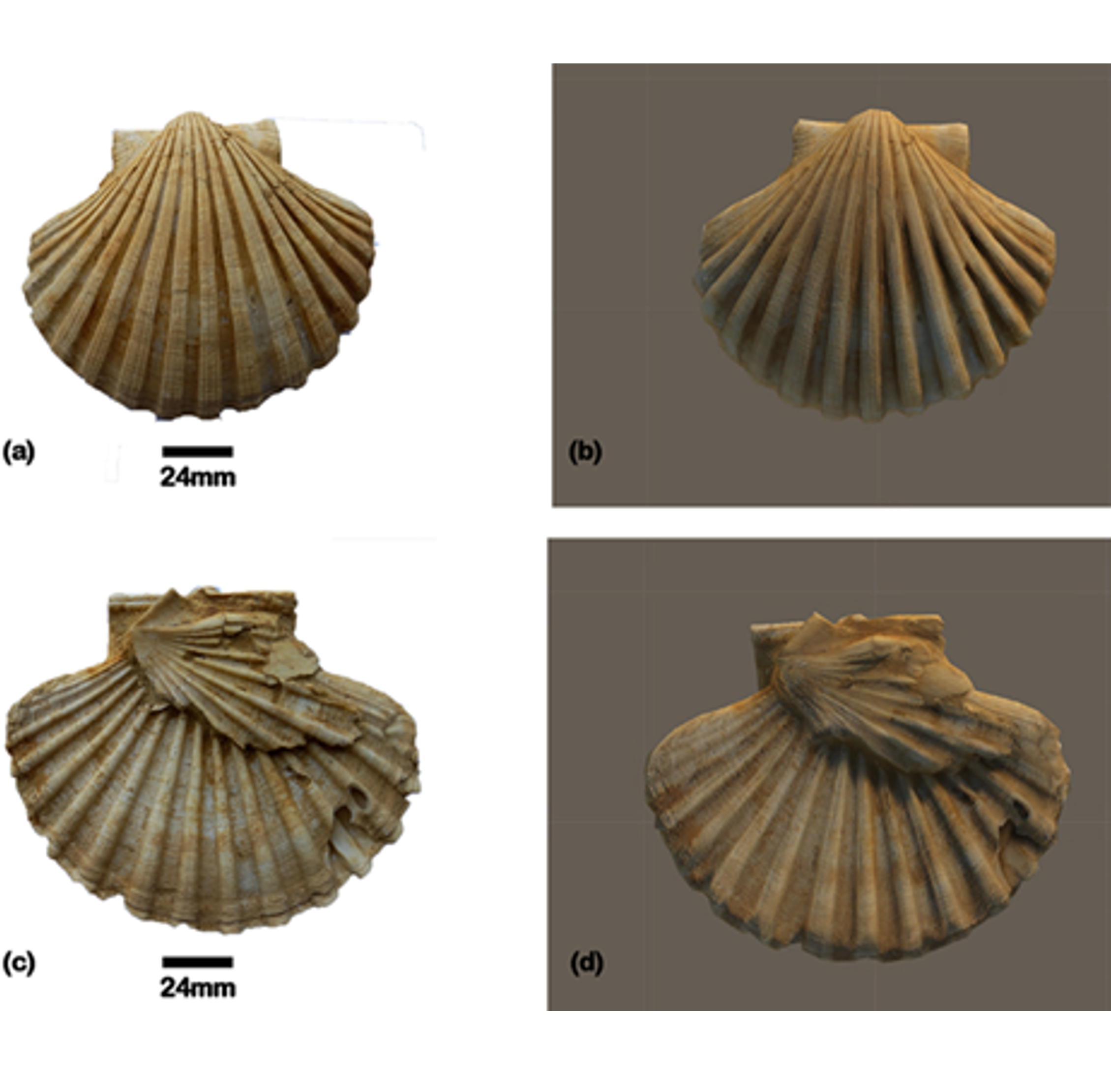The Xerias Window near Argos (Peloponnesus) - an example of a regional geological structure of interregional importance

Abstract
The Argolic-Arcadian border range is built up by rocks of the Tripolitza and the Pindos Zones. Its tectonic architecture is deeply exposed in the area of the Xerias Window. Key structures are worked out in this article. The nappe-shaped superposition of the Tripolitza Zone by the Pindos Zone is obvious in the frame of the Xerias Window. The vergence of the key structures of the latter varies everywhere between W and SW, which proves a relative transport of the Pindos Zone as a whole in that direction. After finishing the nappe transport both Pindos and Tripolitza Zone experienced further, collective deformations, which are brought in a probable chronological order.
Round about since Upper Miocene, the compressive stress of the Hellenides was followed by young extensional tectonics, which continues until today. Its influence on the development of the window and on the forming of its frame is described. The most important faults that can be related to the spreading tectonics are called within this investigation as Xerias Faults. Finally, the impacts of the strong regressive erosion, of the numerous landslides, and of the widespread slope waste both on exposing and on covering the tectonic elements are regarded.
Article Details
- How to Cite
-
Kunz, E. (2024). The Xerias Window near Argos (Peloponnesus) - an example of a regional geological structure of interregional importance. Bulletin of the Geological Society of Greece, 61(1), 44–79. https://doi.org/10.12681/bgsg.36561
- Section
- Tectonics and Geodynamics

This work is licensed under a Creative Commons Attribution-NonCommercial 4.0 International License.
Authors who publish with this journal agree to the following terms:
Authors retain copyright and grant the journal right of first publication with the work simultaneously licensed under a Creative Commons Attribution Non-Commercial License that allows others to share the work with an acknowledgement of the work's authorship and initial publication in this journal.
Authors are able to enter into separate, additional contractual arrangements for the non-exclusive distribution of the journal's published version of the work (e.g. post it to an institutional repository or publish it in a book), with an acknowledgement of its initial publication in this journal. Authors are permitted and encouraged to post their work online (preferably in institutional repositories or on their website) prior to and during the submission process, as it can lead to productive exchanges, as well as earlier and greater citation of published work.


